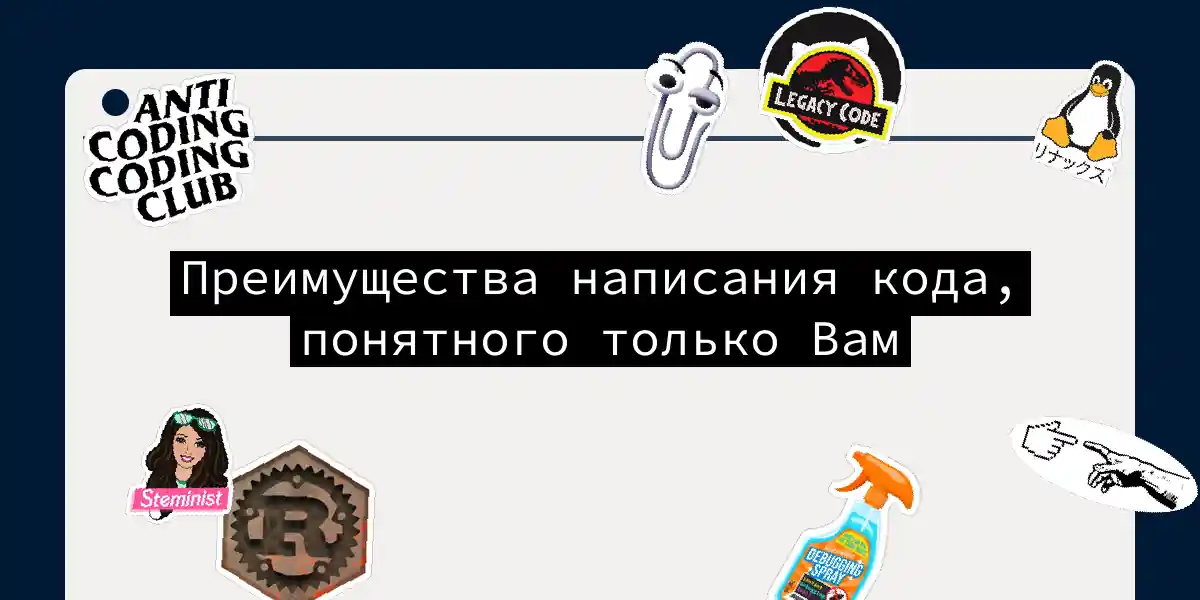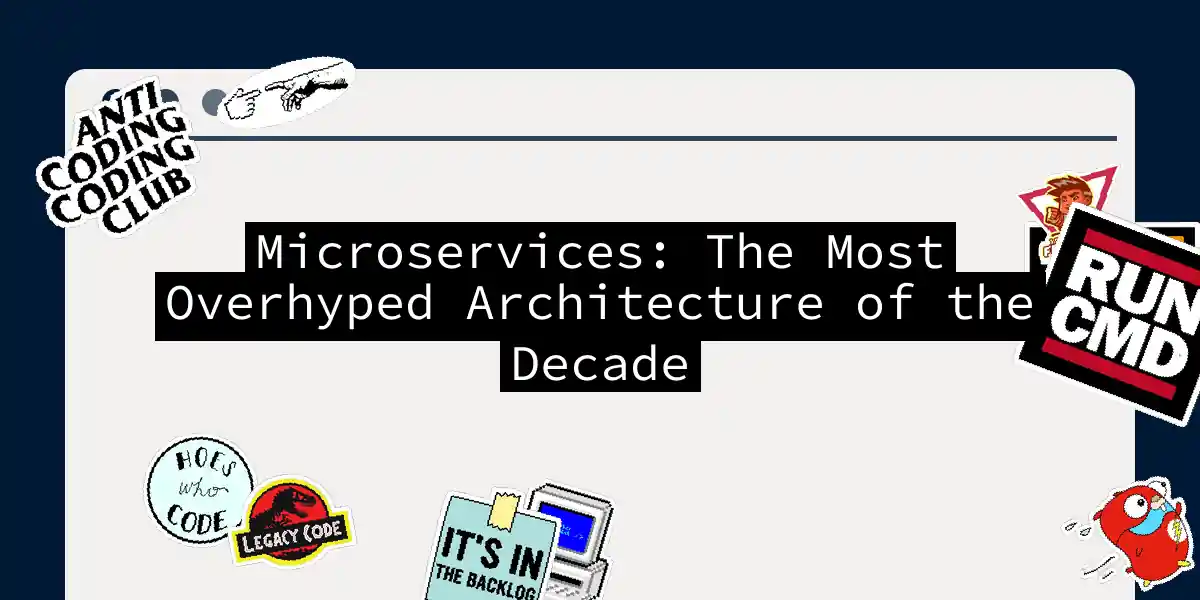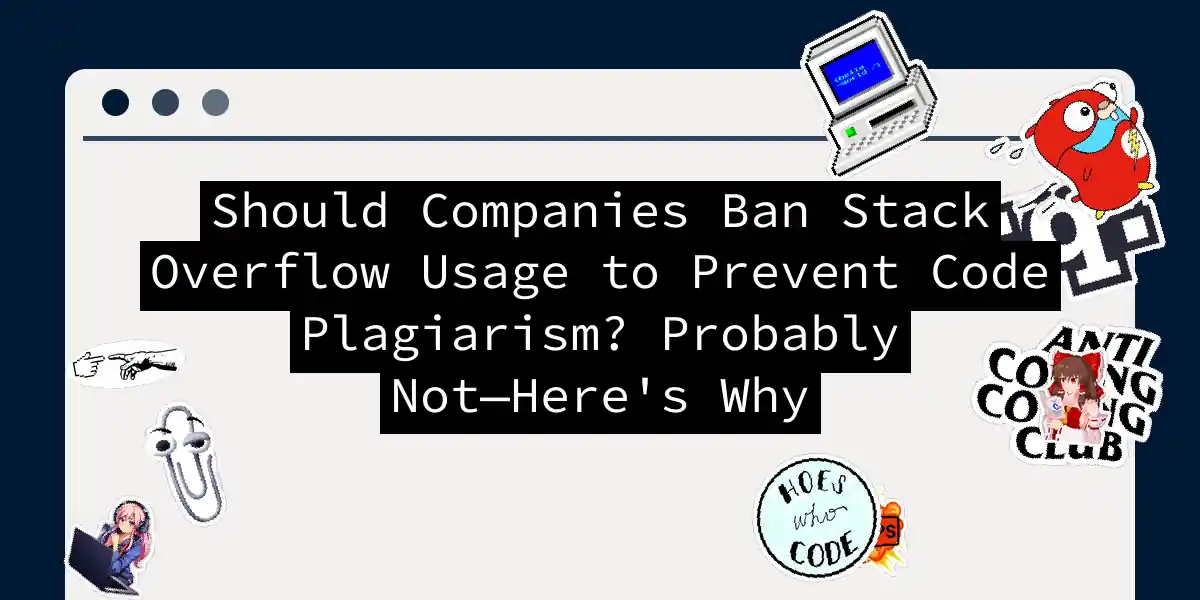
Преимущества написания кода, понятного только Вам
Вы когда-нибудь видели кошмар, в котором кто-то читает весь ваш кодовый базис, понимает ваши гениальные алгоритмы лучше, чем вы сами, и затем использует их против вас? Добро пожаловать в мир разработчиков, которые не запутывают свой код. Это всё равно что оставить свой дневник на общественной скамейке с неоновой вывеской «ПРОЧИТАЙ МЕНЯ». Запутывание кода — это не про секретность или паранойю (ну, может быть, немного паранойи, но оправданной). Это законная практика обеспечения безопасности, которая превращает ваш читаемый и поддерживаемый код в нечто, что по-прежнему работает безупречно, но выглядит так, будто было написано инопланетянином в состоянии лихорадки от переизбытка кофеина....



